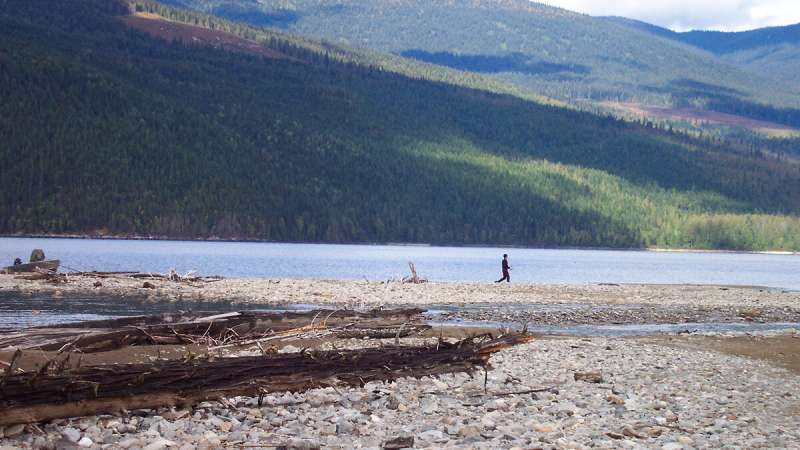The fate of a lake after a dramatic mining disaster

On August 4, 2014, Mount Polley Mine in British Columbia, Canada, made international news when a dam failure released millions of cubic meters of tailings—hazardous by-products of mining operations—into the watershed. Much of this toxic slurry surged into nearby Quesnel Lake, forming a layer of fine sediment up to 15 meters thick on some parts of the lake floor.
Although it did not claim any human lives, the Mount Polley disaster was the largest spill of mine waste into a lake ever recorded. Since then, several studies have examined its impact on the surrounding watershed. Now, Granger et al. report a deeper analysis of the long-term fate of about 38,000 metric tons of sediment that remained suspended in the westernmost of two basins of Quesnel Lake 1 month after the spill.
With a maximum depth of 512 meters, Quesnel Lake is North America's third deepest lake. The researchers analyzed water quality data that had been collected from multiple sites throughout the lake between August 2014 and 2020 by several stakeholders, including provincial and federal governments, the mining industry, and public research institutions.
By applying the concept of conservation of mass, the researchers found that the amount of suspended sediment in Quesnel Lake remained unusually high for the first three calendar seasons after the spill. During this time, some sediment left the west basin of the lake via Quesnel River, but much of the sediment moved against the typical direction of water flow into the east basin. After June 2015, suspended sediment levels fluctuated according to the lake's typical seasonal mixing schedule, reaching higher levels each autumn and spring but declining steadily year after year.
Next, the researchers combined those findings with an analytical model of a simplified two-basin lake. Simulations conducted with the model suggest that suspended sediment concentrations in the west basin will return to normal, prespill levels by about 2024.
These findings deepen the understanding of the aftermath of the Mount Polley accident, and they could help inform future research on the long-term impact of ecological disasters.
The research was published in Water Resources Research.
More information: Brody Granger et al, Initial Distribution and Interannual Decrease of Suspended Sediment in a Two‐Basin Lake Following a Massive Mine Tailings Spill: Quesnel Lake, BC, Canada, Water Resources Research (2022). DOI: 10.1029/2021WR030574
Journal information: Water Resources Research
Provided by American Geophysical Union
This story is republished courtesy of Eos, hosted by the American Geophysical Union. Read the original story here.




















